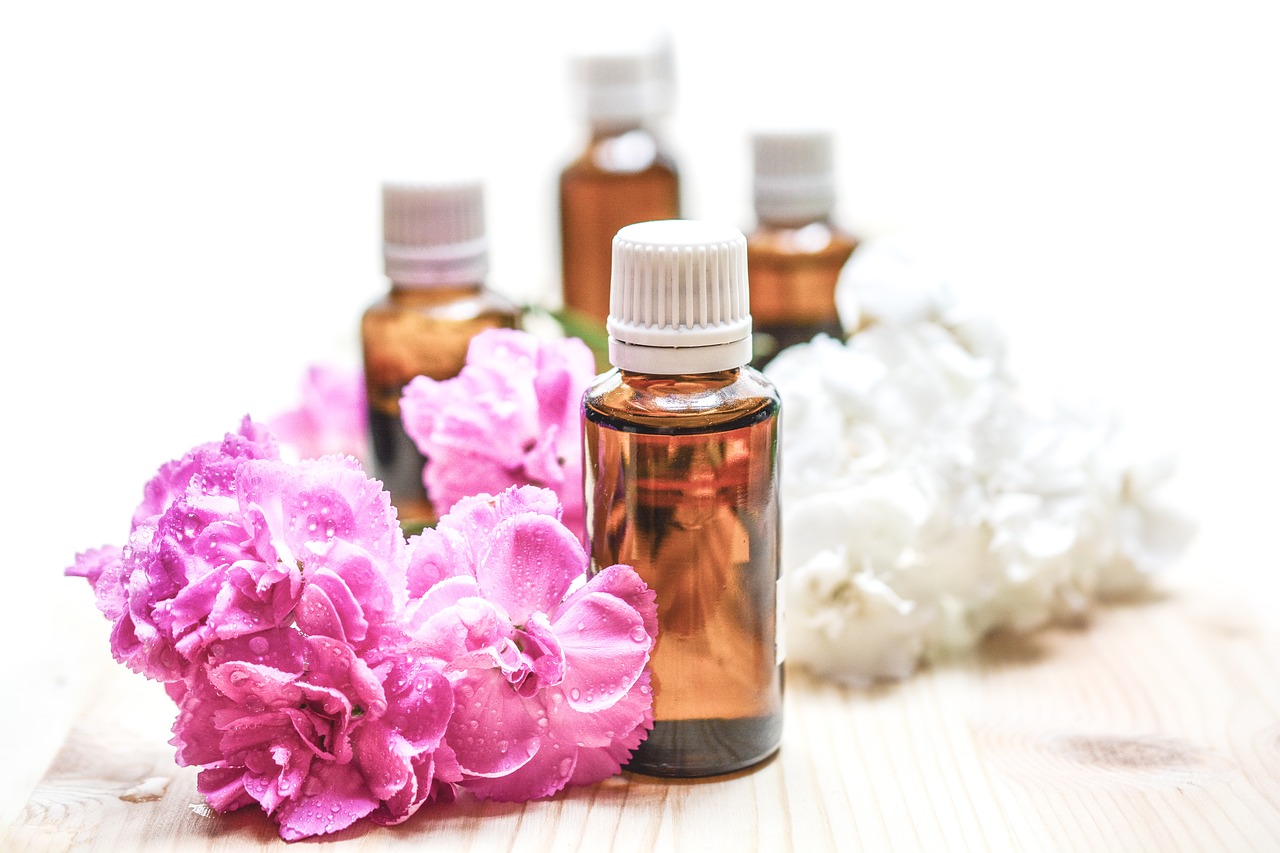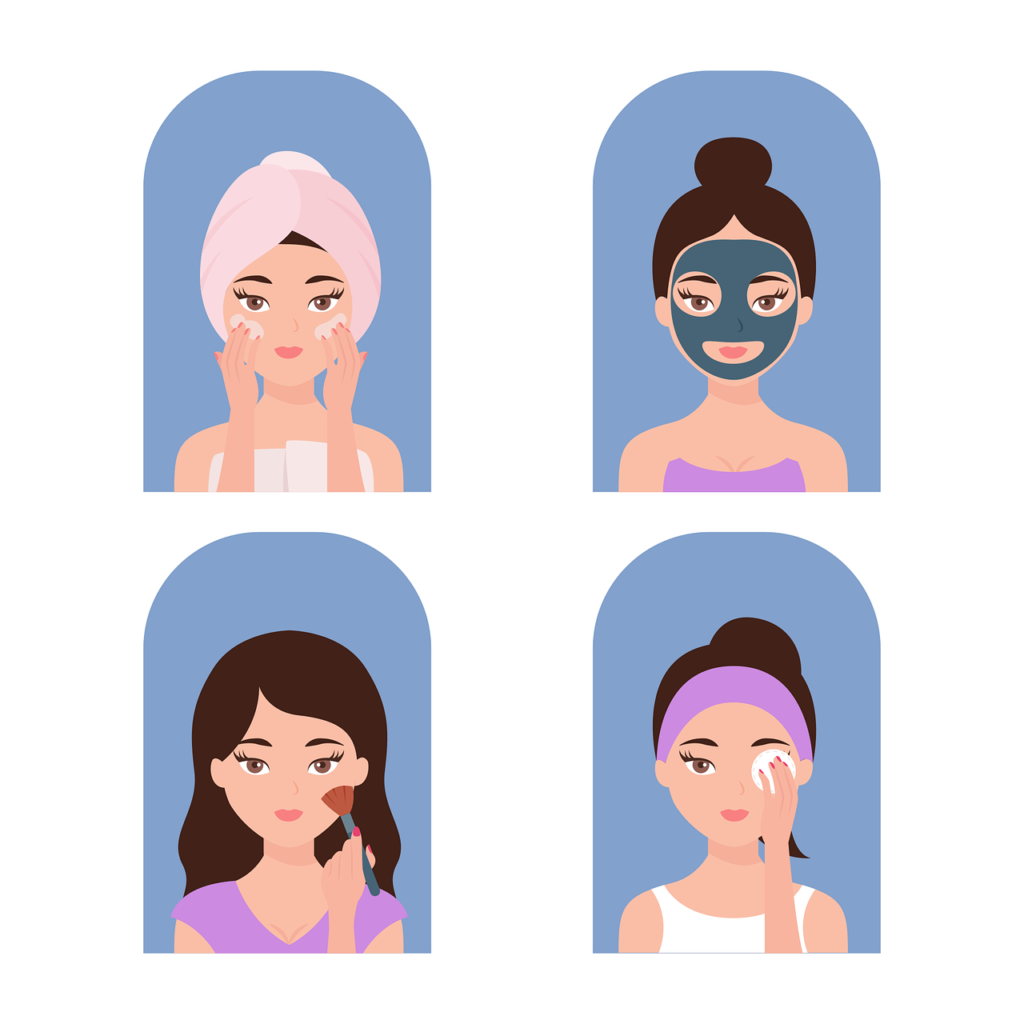
Essential oils can be used to combat pigmentation such as against acne scars and ageing spots. It helps the skin tone by being used as a serum. Read on to create a unique face oil blend that is perfect for your skin and learn all you need to know about choosing the right essential carrier oils and making facial oils that fit your skin.
In acne, it is important to remove excess oil and bacteria before the skin dries out which can result in increased oil production. Good carriers of oils for dry skin are avocado oil and almond oil.
Use a few drops or tablespoons of carrier oils such as almond or olive oil to get the best results and massage your skin to absorb them. As soon as your skin serum and dry skin are ready, use 1-3 drops in the morning or evening to smooth the oil from your face and neck.

If you have dry or inflamed skin, use 2 drops of Chamomile Oil, 1 teaspoon of Sweet Almond Oil and a few drops of Grapeseed Oil to dilute it. Dilute tea tree oil in water and apply it to the skin if it is strong. When using these oils, make sure you use a good SPF on them as they can make your skin more sensitive to light.
Add several drops of balm oil to a spray bottle of water for a gentle mist that will give your skin a rejuvenated feel, a clean and refreshing look and feel.
Now that you are aware of the essential oils that can be used for dry skin, you can use them to personalise serums for your skin. Once you know which essential oils are most suited to your skin type and concerns, diffuse stronger oils in facial moisturizers with lighter carrier oils such as jojoba or avocado. Argan oil, grape seed oil and sweet almond oil are also good choices for oily skin.
The idea of supporting oily skin with oils may sound a little redundant, but essential oils are obtained from essential oils that control the production of sebum in the face and make the oily skin more balanced. Dry skin enjoys a moisturizing boost, which is why most oils soothe a dehydrated complexion better than others. Inhaling essential oils can be relaxing depending on which oil is used, but you will not reap all the skin benefits of using essential oils in this way.
Since essential oils are widely used in the beauty and wellness sector, nor are there countless conflicting opinions, we thought it was time to consult experts and draw up a comprehensive guide on essential oils and how to use them to your advantage. This article will give you advice on how to use essential oils as part of skincare, what they are and what resources are available to support healthy skin. Let us first break down what it looks like for you to use them in skincare, depending on the skin type.
Tea tree oil is one of the most discussed and widely used essential oils for skin prone to acne. It can be used to cleanse skin and nails but is also used to support a healthy complexion.
Bergamot oil helps soothe sebum production and is, therefore, a great solution for combination skin. If you are on the oily side of the combination skin, combine 2 tablespoons of Jojoba Oil with 10 drops of Bergamot, and 10 drops of Grapeseed oil.
When it comes to applying essential oils to the skin, the rule is to use carrier oils diluted with essential oils. It gets even more confusing when you learn that products that are supposed to be beautiful for the skin are filled with ingredients that are not gentle and seem more irritating than essential oils. Combine citrus and fruit oils and you will see products that can irritate sensitive skin types.


